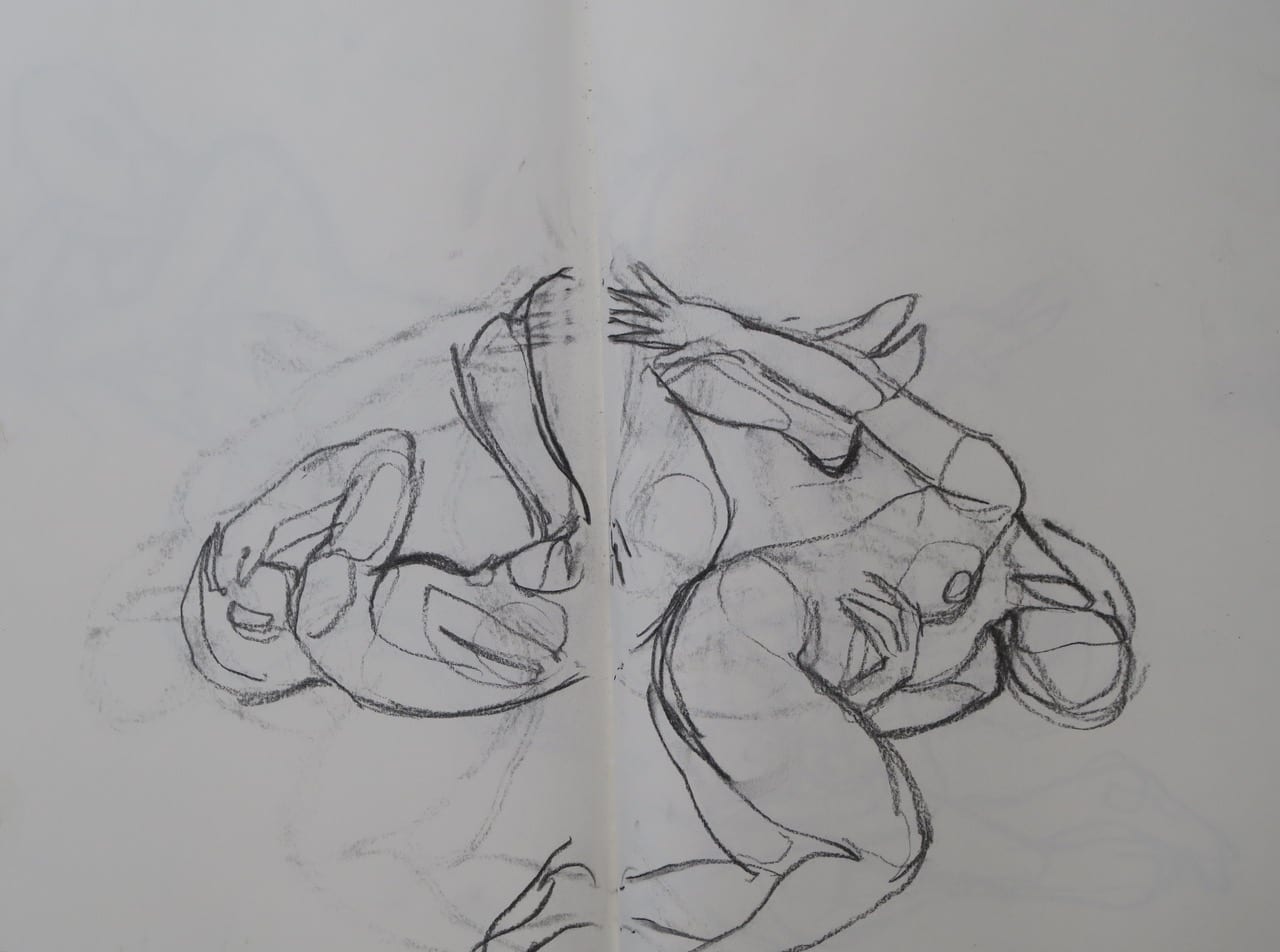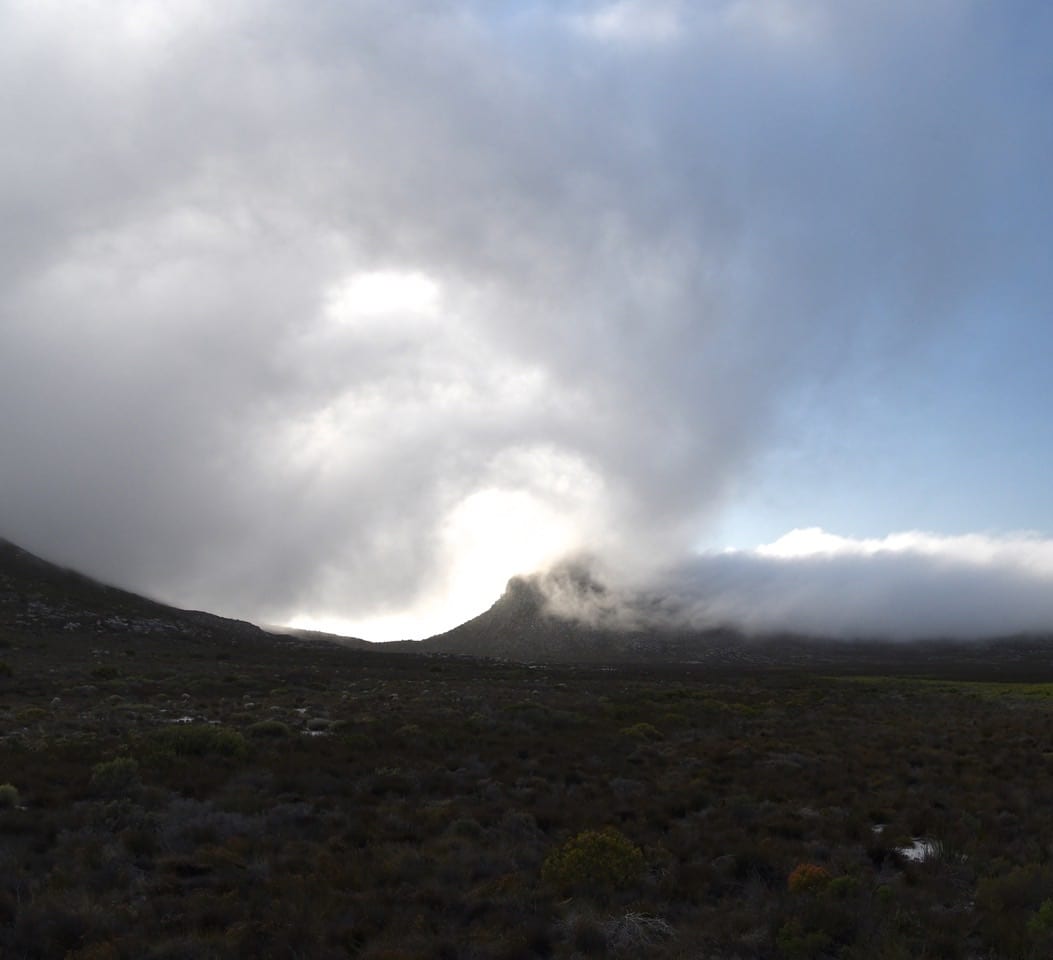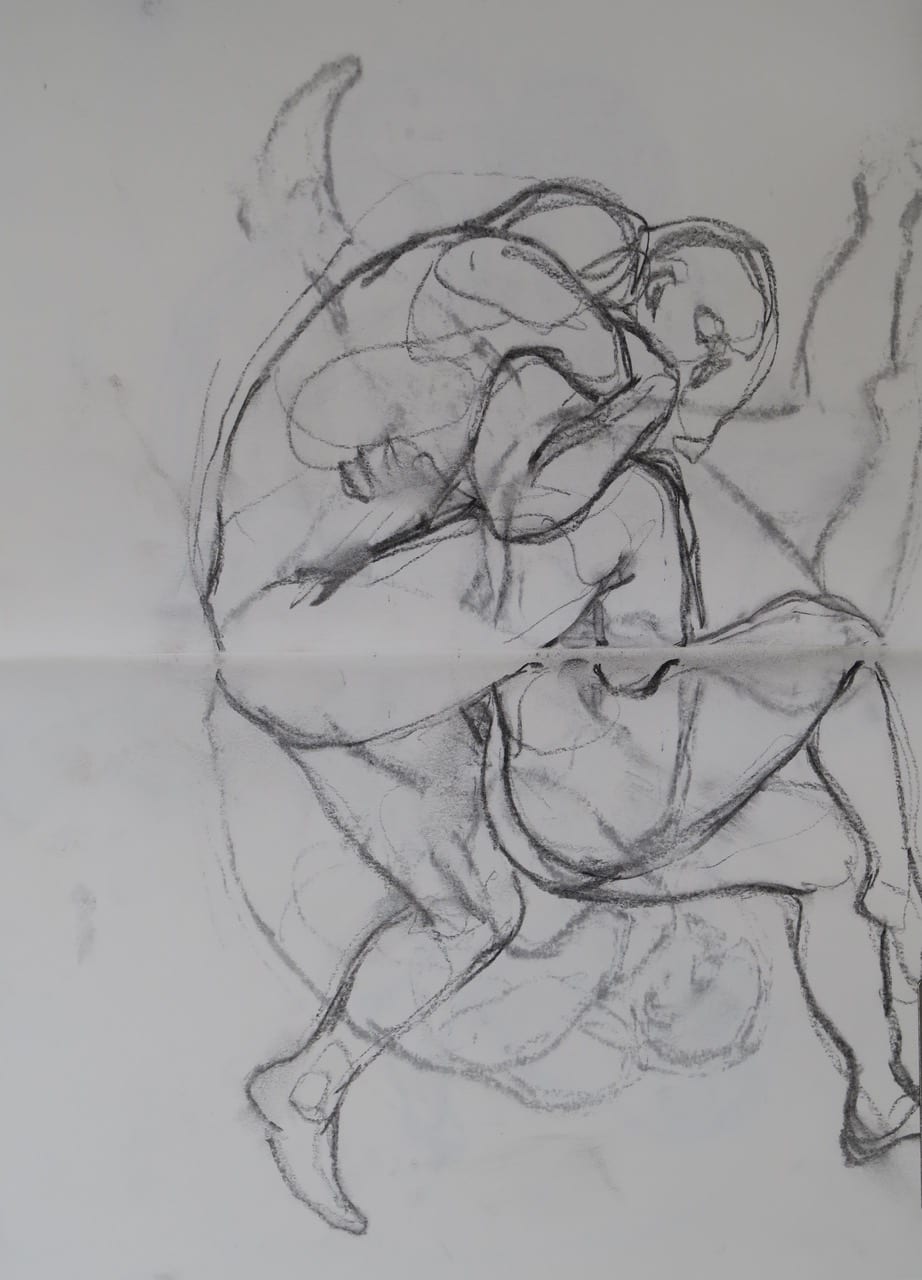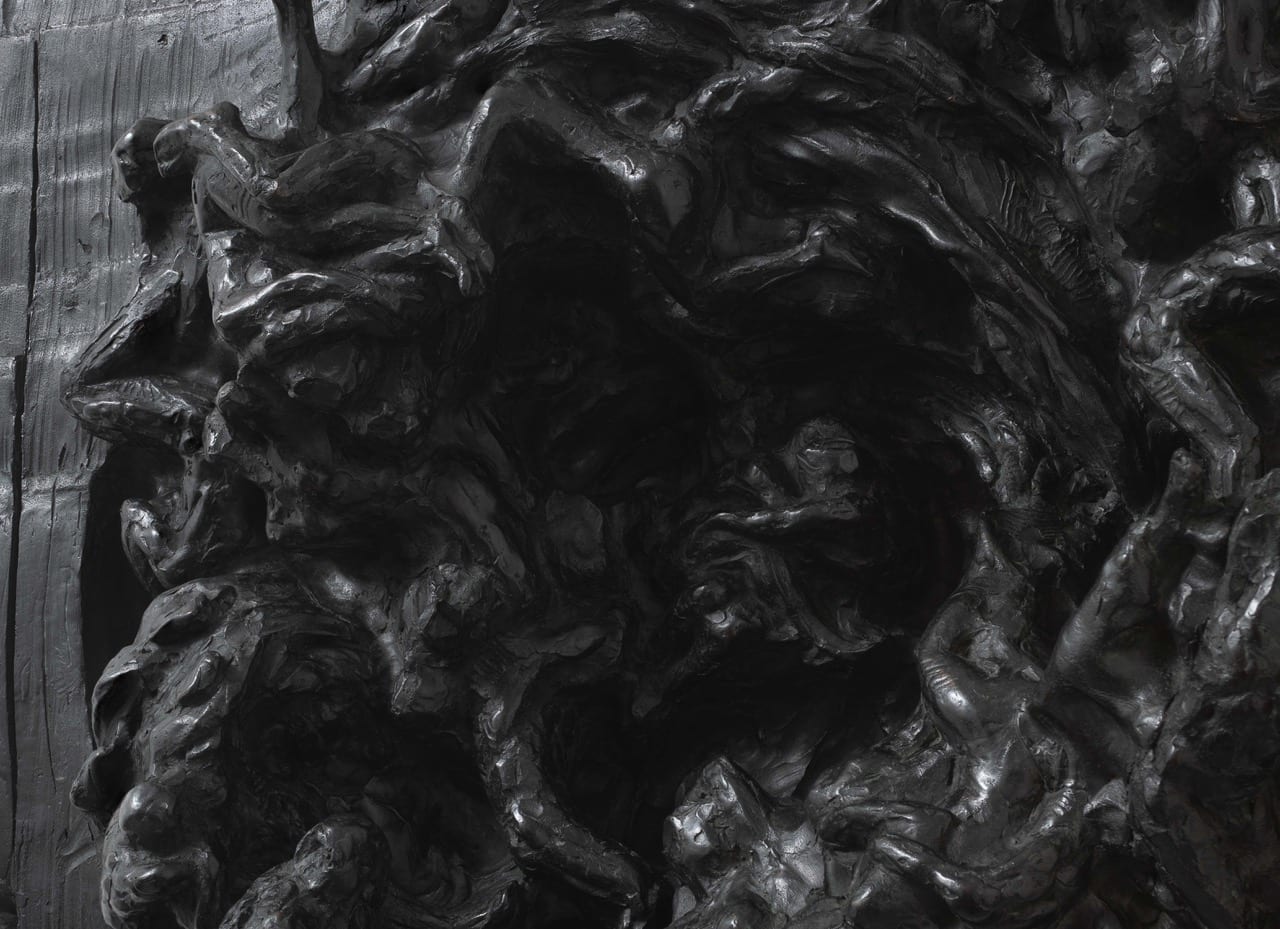A sculpted indigenous garden featuring more than 60 works by Dylan Lewis.
Explore The Garden
Unearth the wilderness within
Video
Christie’s: Studio Visit
‘Shapeshifting’, an essay by Laura Twiggs
‘Where does animalkind end and humankind begin? What of the wild and the primitive within? In exploring these tantalising enigmas, Lewis searches wilderness, myth and ancient belief systems for inspiration, meaning and answers.’
About the artist
Dylan Lewis Studio
Contact
Tel: +27 (0)21 880 0054
Fax: +27 (0)21 880 0588
Email: info@dylanart.co.za
Stay in Touch
CHTHONIOS
From the Greek [ khthon,’ground, earth’] + [-ios,’of’]
The title of the exhibition derives from the Greek khthonios, meaning ‘of the earth’. The chthonian once tied the idea of earth and the subterranean to a sense of divine creative force and fertility. In Ancient Greece, worship of Chthonios was replaced with that of its opposite, the Olympian. This shift consigned divinity and enlightenment to the heavens above rather than the earth below, and prompted an association with the underground as being a malevolent realm of darkness andtorment; one to be feared. This logic continues to permeate many oppressive religious and secular narratives today.
The chthonic has always been present in Dylan Lewis’s work, through the ideas ofwildness and untamed nature. For Lewis, disconnection with these parts of ourselves has caused a profound loss, and much of this body of work is about the difficult process of reconnection. In Jungian terms, Chthonios is the underbelly of the unconscious, the shadow of the psyche that must be confronted and consolidated if one wishes to achieve a true sense of self. Failure to do so can result in devastating psychological effects for the individual, through repression. For Dylan Lewis, the sculptural works that make up CHTHONIOS serve as a means of reclaiming an authentic sense of self through unearthing, confronting and embracing of the chthonic.
Dylan Lewis’s swirling vortex of bodies is unquestionably one of the most striking pieces of work the artist has ever produced. It speaks to the painful struggle of individuation, and the spaces of irreconcilability and schism that this process creates in relating to others. While not a direct quotation by any means, the landslide of human forms seems to recall the histrionic quality of Auguste Rodin’s monumental magnum opus The Gates of Hell.
Lewis, like Rodin before him, is drawn to this symbolism because of the evocative imagery, rather than any religious allegory; his work eschews (indeed rejects) any notion of Divine Judgement. Instead, Lewis asserts that these structures of meaning are human constructs; while often beautiful they can also be devastating in seeking to deny the full spectrum of human complexity. While fraught and turbulent, the intensely personal inner journey into Chthonios is a necessary part of achieving a congruent sense of self. Without that balance, the chthonic bursts forth as a maelstrom of private hells.
Texts by Tim Leibbrandt.
Photography Mike Hall and Dylan Lewis






Dylan Lewis Studio
Contact
Tel: +27 (0)21 880 0054
Fax: +27 (0)21 880 0588
Email: info@dylanart.co.za